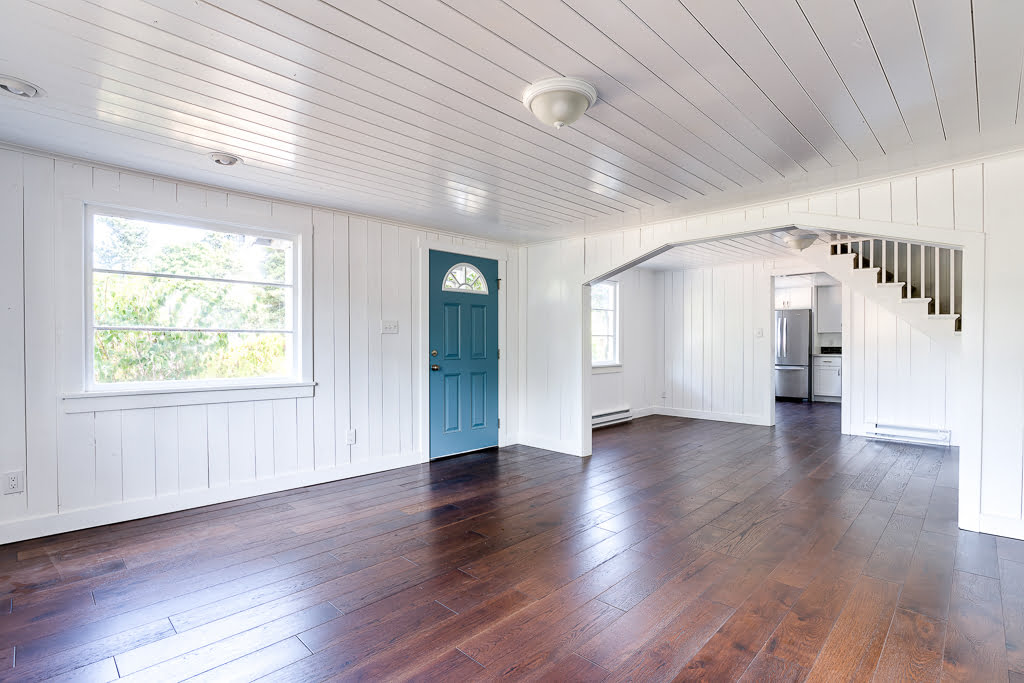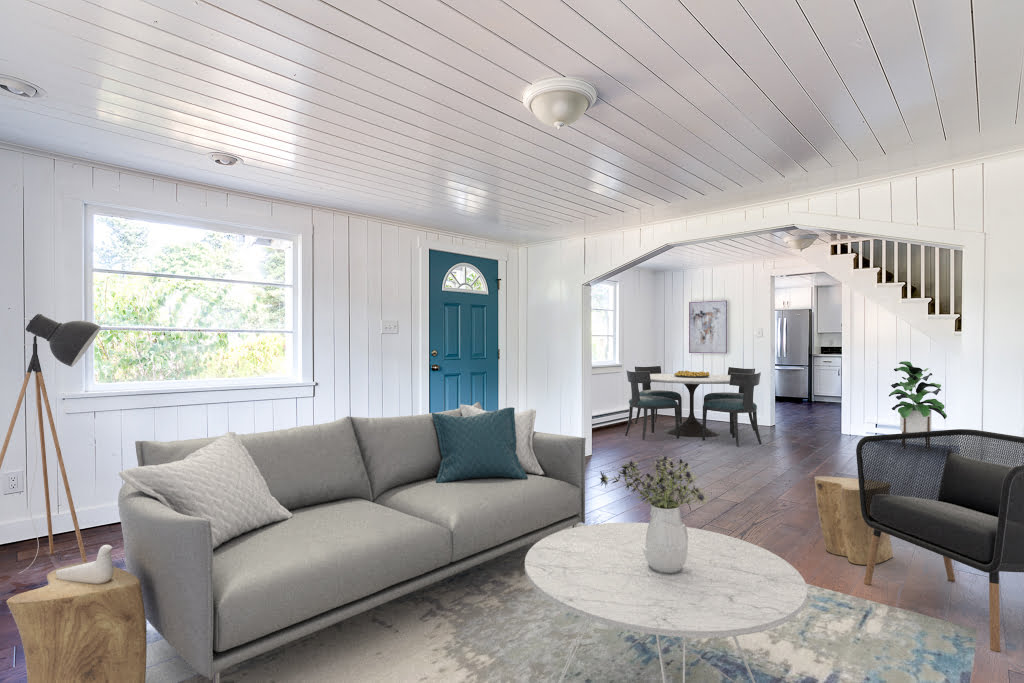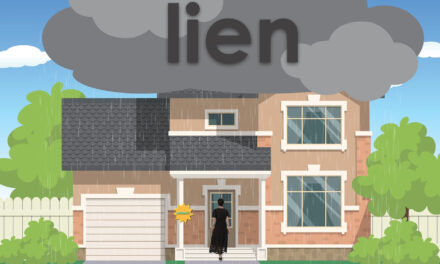In 2018’s competitive housing market, is staging really a necessity?
Listings continue to sell quickly across California, and homebuyers are willing to overlook less desirable aspects of properties to get their offers accepted. These facts may cause sellers to skip preparing their home for sale or going the extra mile to hire a home stager. But, while these less-polished homes may sell eventually, their sale prices may not reach their full potential.
Simply put, home staging is still one of the best strategies for sellers to sell quickly and receive the highest price.
But home staging is expensive and impractical for many sellers. Not only does a stager cost money, but staging a large home requires renting many pieces of furniture, art and other miscellaneous items to fill the home. These costs add up quickly.
It also provides a nebulous return on investment, since sellers will never know for sure whether they would have sold the home for as much or as fast without staging.
Now, sellers on the fence about staging can consider going in halfway, through virtual staging.
The benefits of virtual staging
Virtual staging is performed by staging the home on a computer, so potential homebuyers can view what each room looks like with furniture.
To be clear, virtual staging isn’t simply hiring a graphic designer to produce a blueprint with spots for furniture shaded in. Rather, a potential homebuyer who views listing photos online ought to be unable to tell a home that has been virtually staged from one that has been traditionally staged.
For example, consider these before and after examples of virtual staging:

Source: Virtual Staging Solutions

Source: Virtual Staging Solutions
This degree of life-like imaging commands a hefty price tag — though still less expensive than traditional staging — typically costing around $39-$199 per room, according to Redfin. The samples above were created by Virtual Staging Solutions, which charges $75 for each staged picture.
But, unlike traditional staging, the useful thing about virtual staging is a seller knows exactly how much virtual staging will cost upfront.
Say they choose to hire a virtual stager to produce images for five rooms at $60 each. Their total staging cost is $300, no matter how long the listing sits on the market. Whereas, renting furniture for a traditionally-staged home typically costs hundreds of dollars each month until their home sells — not counting the cost of a designer and furniture movers.
Of course, once a potential buyer shows up to the listing which has been virtually staged they will simply see an empty house. But the staged listing photos are important, since they:
- attract homebuyers to view the listing in the first place;
- show homebuyers the potential function and layout of rooms; and
- give the listing personality that appeals to the most types of homebuyers.
While the advantages of virtual staging abound, there are some potential drawbacks to keep in mind.
Virtual staging is most easily performed in a vacant, clean home. When you have to start removing furniture and personal items to get clean photos for the ideal virtual staging backdrop, the extra effort and money may start to add up.
It’s also extremely important to find a virtual stager who produces lifelike images. Anything less and the listing photos look silly and are basically unusable. Therefore, finding a reputable and experienced virtual stager is paramount. Agents ought to have contact information on hand of several virtual stagers they can recommend.
Agents — Do you have experience with virtual staging? Share your experience in the comments below!














